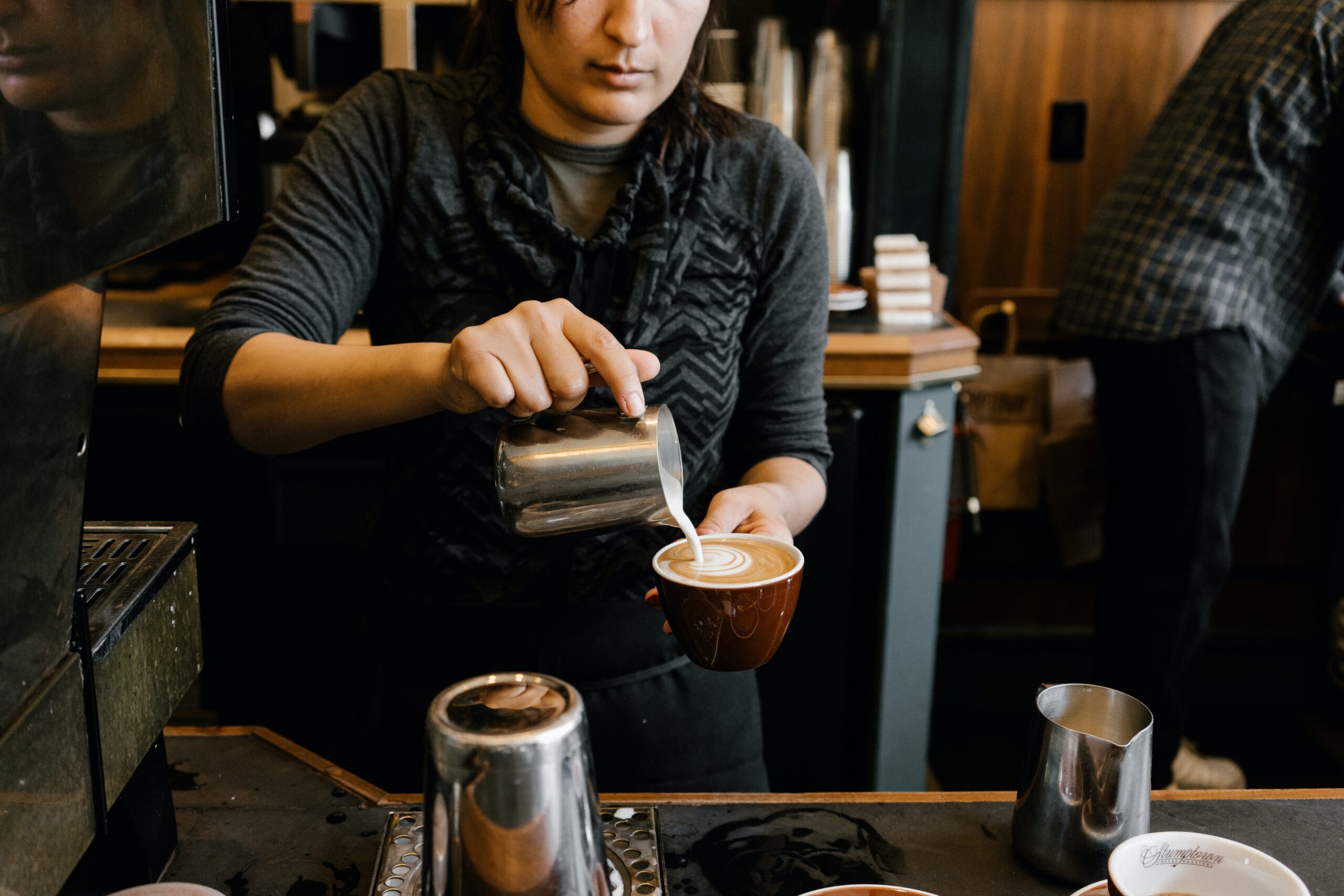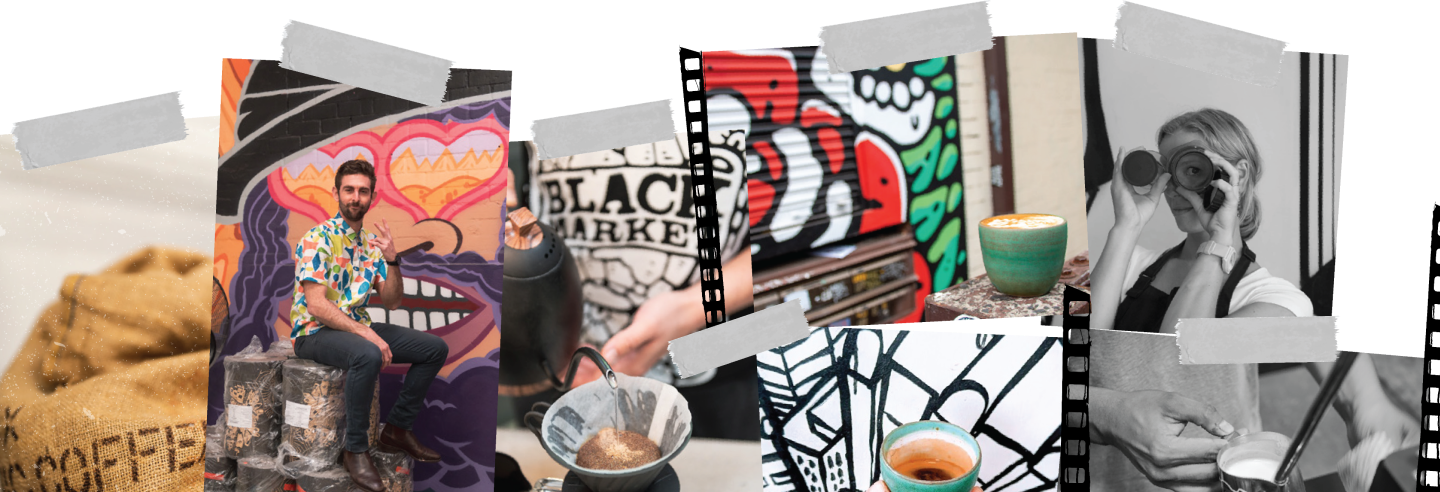
A GAME OF CURDL
Another spectacular day behind the bar. All the coffee is tasting spectacular. The blend is tasting like someone’s melted a caramello koala in every cup. The bright roast is like sipping a peach iced tea by the poolside in Costa Rica. Each jug of milk is like pouring silk straight from the work, like liquid satin to make the most perfect, the most leafy, the most symmetrical rosettas known to baristakind.
A ticket for a dine in soy latte pops up in front of you. You don’t bat an eyelid. Today is your day. Today you and the coffee are like dolphins in the ocean, a synchronous dance of beauty and playfulness. The soy milk is textured to an exquisite iridescence. The pour is fluid yet controlled. The finished cup, a delicious glass of coagulated clumps.
I have nearly crumbled into tears and tantrums after pouring cup after cup of soy into espresso, doing everything in my power to texture that soy as best I knew how, checking use by dates, checking temperatures, checking anything that could un-geal it, only to be faced with lumps and globs. Failure.
I know now it wasn’t (entirely) failure on my part, and no need for me to take it (quite so) personally. If you are experiencing similar woes and crises of barista identity, let’s look to science to emancipate ourselves from the shackles of guilt that society’s expectations for silky soy lattes has burdened us with, and also to science and experimentation to also give them a silky soy latte. Albeit with a modest victory lap of the cafe.
At about 20℃ (the Oxford Dictionary definition for room temperature), the proteins in soy milk, cow milk, almond milk etc are stable. They’re sitting in nice orderly rows, evenly spaced, being polite. When heat is applied, say to around 65℃, those protein structures change. They start to get up and move, their walls break down, maybe they grab onto some oxygen molecules for support, giving themselves some space, a bit of air. They’re still okay, just a little frothy.
Now these freshly textured soy proteins are ready to party, but they’re still a little fragile, and really only want to hang out with similar tempered folk, say, things with a similar pH number.
Coffee is not similar. Coffee is extroverted. It’s the low pH frat pack that you only invite to the party if you want things to get spicy. High pH’d textured soy does not want to party. Those proteins that had only just found their new happy place hanging with the O molecules are now going to find refuge in each other, forming gelatinous blobs of self-protection against the wild acidic antics of the coffee and no amount of peer pressure is going to convince them to mingle. It is what it is.
For your next soy and coffee party, there are a couple of ice-breakers you can try to ensure everyone gets along and has a good time:
1. Add a splash of textured soy to the espresso and mix well, evening out the pH balance before introducing the rest of the gang.
2. Add a splash of non textured soy to the espresso first. Though this would lower the temperature of the final product, as the soy is in its most stable state it provides a more stable foundation for the textured soy to be incorporated.
3. Texture the soy to a lower temperature. The proteins haven’t had made as solid bonds with the oxygen molecules yet, and may be more open to forming new friendships with the coffee.
So, know that sometimes things don’t go your way, it’s not always a personal attack on your self-worth as a barista or a human, but that people, and soy milk, have their own insecurities and struggles going on. Your only role is to be a good party host and friend to the soy, and yourself.
Citations and Further Reading for the Enthusiasts!
https://www.sciencedirect.com/science/article/abs/pii/S0268005X21006901
https://www.sciencedirect.com/science/article/abs/pii/S0924224415301783
https://www.sciencedirect.com/topics/biochemistry-genetics-and-molecular-biology/coagulated-protein
https://www.sevenmiles.com.au/blogs/editorial/milk-alternatives-for-coffee
Photo by Mitchell Hollander on Unsplash
Be The first to know about new digs.

